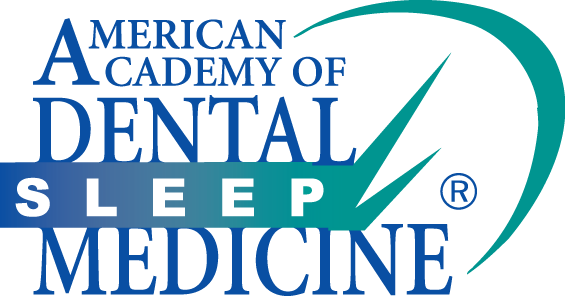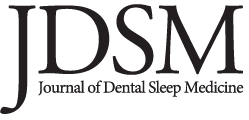
Letter 3, Issue 12.2
Response to “Letter to the Editor on ‘Novel Therapies...’”
http://dx.doi.org/10.15331/jdsm.7394Michael Simmons, DMD, MScMed, MPH, MSc, FAASM, FAAOP1,2
1UCLA School of Dentistry (1987-2018); 2Encino Center for Sleep and TMJ Disorders
Dear Dr. Correa,
Thank you for your letter to the editor acknowledging the time, effort, and commitment of the AADSM leadership and the diligence of the dentist topic experts in providing the April 2024 consensus publication on novel therapies.1 This 2024 AADSM consensus paper publication addressed potential first-line therapies for snoring or OSA in adults or children as single therapies, and did not find sleep study evidence to support tethered tissue release as an effective mono therapy. Because I am not the sole author of this consensus publication, my response to your letter does not reflect the opinion of the AADSM, or other expert dentists on the panel.
In sorting through the many scientific publications addressing potential evolving dental therapies for snoring or OSA, the consensus panel required comparative and typical (not drug induced) sleep study data pre and post intervention. When a combination of therapies was provided in a study, it was not possible to attribute success to one intervention as a stand-alone therapy.
In your letter to the editor, you referenced your 2022 paper on which you are lead author, addressing the potential relationship between oral lingual tethered tissue release and reducing adult OSA.2 You surmised that the AADSM consensus statement demonstrated “a clear omission of your 2022 publication on frenotomy and adult OSA”.2 Your 2022 paper provided evidence on three male subjects with severe OSA that received frenotomy after refractory ankyloglossia following an undefined course and end point of myofunctional therapy. Results showed an overall improved VOTE (velum (V), oropharynx (O), tongue (T), and/or epiglottis (E) upper airway collapse) score immediately after lingual frenotomy as determined by scorers blinded to the intervention. You reported two of the three subjects had a somewhat improved VOTE score, ascribed to reduced tongue-level anterior-posterior collapse from full to partial collapse. The data was collected during a drug-induced sleep endoscopy (DISE) that compared VOTE scores immediately following an awake lingual cold frenotomy, with or without coblation, to VOTE scoring immediately prior to the frenotomy.
Your 2022 paper did not include conventional sleep studies pre and post intervention and had unspecified myofunctional therapy provided prior to the surgery, and therefore did not meet the consensus panel inclusionary criteria. Specifically, a VOTE score during a DISE procedure is not a substitute for standardized indices of sleep breathing. A follow-up sleep study could have better supported your hypothesis if provided and appears to be missing as a meaningful post-operative measure. Other confounders that potentially exist for your three study participants include: bias of local and general anesthesia effects, neurophysiologic response to the surgical procedure impacting tongue movement, lack of recovery including scarring after frenotomy for the post intervention VOTE score, a lack of statistical power with type 1 error, and a middle-aged overweight/obese male bias. Additionally, there are more than ten ways to define ankyloglossia, with static and dynamic measures, that can include an enormous range of tongue tethering in patients with and without an OSA diagnosis. The current body of research does not support any reliable test to discriminate which patients have a causative or contributory link between tissue tethering and OSA. I leave you with one final thought: If you think that “form follows function,” then tissue tethering can be a reflection of function, and almost all presentations of tethering may be addressed behaviorally without surgical intervention.
I hope this helps address your concerns and encourages further investigation of your hypothesis.
CITATION
Simmons, M. Response to “Letter to the Editor on ‘Novel Therapies...’”J Dent Sleep Med. 2025;12(2).REFERENCES
- Sheats R, Masse J-F, Levine M, et al. Novel therapies for preventing, managing and treating obstructive sleep apnea and snoring in pediatric and adult patients. J Dent Sleep Med. 2024;11(2). http://dx.doi.org/10.15331/jdsm.7332
- Correa EJ, O'Connor-Reina C, Rodríguez-Alcalá L, et al. Does frenotomy modify upper airway collapse in OSA adult patients? Case report and systematic review. J Clin Med. 2022;12(1):201. https://doi.org/10.3390/jcm12010201
SUBMISSION AND CORRESPONDENCE INFORMATION
Submitted for publication June 28, 2024Accepted for publication February 9, 2025
Address correspondence to: Michael Simmons, DMD, MScMed, MPH, MSc, FAASM, FAAOP; Email: msimmons@g.ucla.edu
